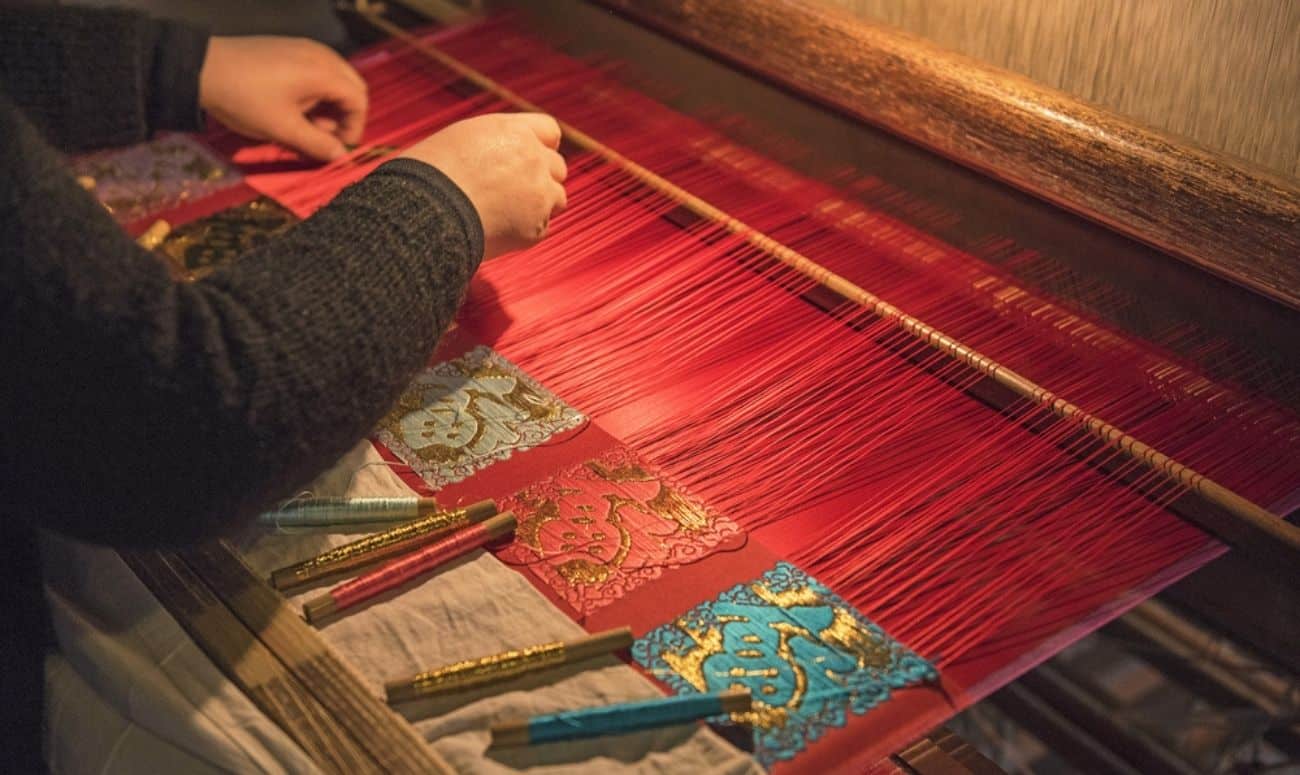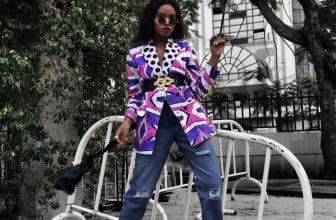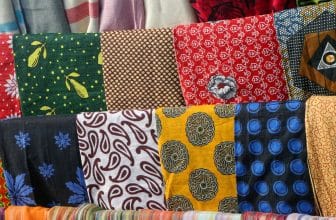Inside the Art of Handwoven Fabrics — Why Craftsmanship Still Matters

Introduction
In today’s world of fast fashion and mass production, the beauty of handwoven fabrics reminds us of something pure and deeply human — the art of making something with heart and patience.
Every strand tells a story. Every pattern carries a memory. Handwoven fabrics are more than just textiles — they are living expressions of history, culture, and care.
The Story Behind Every Thread
Long before industrial looms, communities across the world survived through weaving.
In Africa, Asia, and Latin America, skilled artisans spent days turning raw fibers into woven art. From Nigeria’s aso-oke to India’s khadi, every culture had its own rhythm, color palette, and symbolic designs.
These fabrics were not just materials — they were social language. They told who you were, where you came from, and what you valued.
What Makes Handwoven Fabrics Unique
If you’ve ever touched a handwoven textile, you know the difference immediately.
The texture feels alive — soft yet structured, perfectly imperfect.
Those slight irregularities in the weave aren’t flaws; they’re proof that a human hand guided each motion.
Machine-made fabrics may be uniform, but handwoven textiles carry soul.
They remind us that perfection doesn’t always mean sameness.
A Labor of Love: The Process Behind the Fabric
Creating handwoven fabric is a meditative process that connects craft with culture:
• Spinning: The journey begins by twisting fibers into thread — often using hand spindles.
• Dyeing: Natural pigments from roots, leaves, and flowers bring life to each strand.
• Weaving: With each pass of the shuttle, an artisan weaves intention into form.
It’s slow, rhythmic, and filled with patience — the exact opposite of how most of our clothes are made today.
Why Craftsmanship Still Matters
In an age where clothes are produced, worn, and discarded in weeks, handwoven fabrics stand as symbols of endurance and authenticity.
They connect us to a time when fashion meant meaning, not just consumption.
Supporting artisans means keeping ancient traditions alive, promoting fair work, and choosing quality over quantity.
When you wear something handmade, you’re wearing heritage, humanity, and history.
Handwoven Fabrics in Modern Design
Today, top designers and sustainable brands are rediscovering the emotional and aesthetic power of handwoven materials.
They blend traditional weaving techniques with modern cuts to create pieces that feel both fresh and timeless.
Whether it’s a minimalist linen dress or a bold patterned jacket, the story behind the fabric adds depth that fast fashion can never replicate.
The Future of Slow Fashion
Handwoven fabrics are shaping the slow fashion movement, proving that sustainability and luxury can coexist beautifully.
Technology now supports artisans instead of replacing them — from digital design tools that preserve indigenous patterns to fair-trade marketplaces that reach global buyers.
The next generation of fashion is not about speed — it’s about soul.
Conclusion
The art of handwoven fabrics reminds us that the best things take time.
Behind every loom sits a story — of tradition, patience, and love.
So when you run your hand over a handmade textile, pause. Feel its texture.
That’s not just fabric. That’s human connection woven into beauty.






